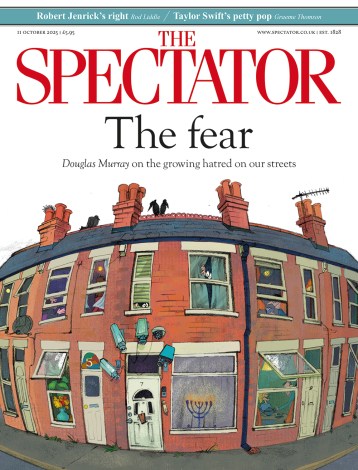For a long time, one of my favourite radio programmes has been Something Understood, presented by Mark Tully on BBC Radio 4. For those who have never tuned in for its Sunday evening slot, the format is as follows: each week Tully presents a selection of literary and musical extracts all connected by a one-word linking theme. Tully’s choices are invariably lively and unpredictable and the listener is left with a richer sense of what the theme word might mean.
Reading a new book of essays, entitled Thinking on Thresholds, I had a similar experience. The book is orientated around the central theme of liminality but it stretches its arms wide, accommodating essays on a great variety of cultural subjects. Subha Mukherji, the editor of the volume, is a doctor of English literature and many of the contributors share her specialism. Yet interspersed amongst literary essays, the reader will find contributions on improvised jazz and the ‘threshold of realisation’; references to the films of Satyajit Ray and their preoccupation with domestic boundaries; and reflections on the composition of Annunciation pictures from the early Renaissance to the present day. As the title implies, this is a book that permits and encourages inter-disciplinary thought.
The book immediately engages the reader with its flexibility and flare. Readers accustomed to academic books will be happily surprised by the freshness of these essays, which – almost without exception – combine the authority and depth of academic writing with the spirit of personal interest. It is most certainly a book for the general reader, as well as the scholar.
The first essay of the book is by Gillian Beer who restricts her analysis to a physical threshold – the window. She plucks examples out of multiple sources, from the elegant verse of Herbert’s ‘The Elixir’, to the wild fury of Wuthering Heights and the restless tension of Mrs Dalloway. She includes two arresting poems which I had never read before: ‘the Tree’, written by a 16 year old Elizabeth Bishop and ‘After Apple-Picking’ by Robert Frost. All these examples are quoted either in long sections or in full, a feature of the essay – and the book as a whole – which is particularly valuable. Reading through, one is really able to enjoy the references, as well as the commentary.
All of the essays in the first section of the book concern physical boundaries, like the fourth wall which separates actors and audience in late 19th century illusionist theatre and the doorway which foreshadows change in Nabakov’s Laughter in the Dark. In each of these cases the metaphorical potential of the physical threshold is explored, but in the rest of the book the threshold takes on a purely metaphorical meaning. In one essay the threshold represents the condition between waking and sleeping, a space which – according to Montaigne – offers us our only glimpse of the threshold between life and death. Further on, Rosita D’Amora discusses the threshold between competing languages within the poetry of the Turkish Cypriot, London-based writer Mehmet Yashin. Another essay explores the threshold of a book – the frontispiece, the prefatory texts and the empty margins, waiting to be filled by annotations. As its author, Jason Scott-Warren, points out: ‘Reading is an affair of the threshold’.
Scott-Warren’s remark points to the reason why this book is so compelling. The ideas expressed in the essays seem to reflect and illuminate the reading process. Reading the essays and the many literary excerpts they contain, one is bound to think about the threshold between the imaginative mind and the words on the printed page: a space for looking, feeling and most importantly – according to Angela Leighton’s final essay – for listening.




Comments